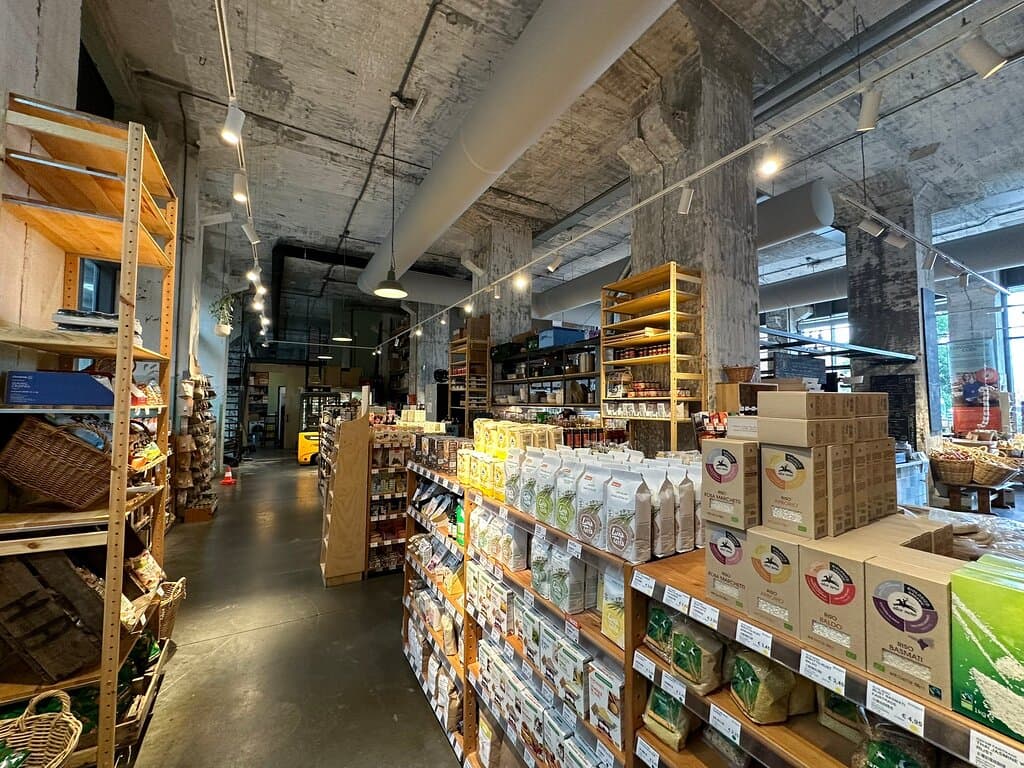
Sphinx Passage
Walk through Maastricht's industrial past at the Sphinx Passage, a public corridor showcasing ceramic history and labor life.
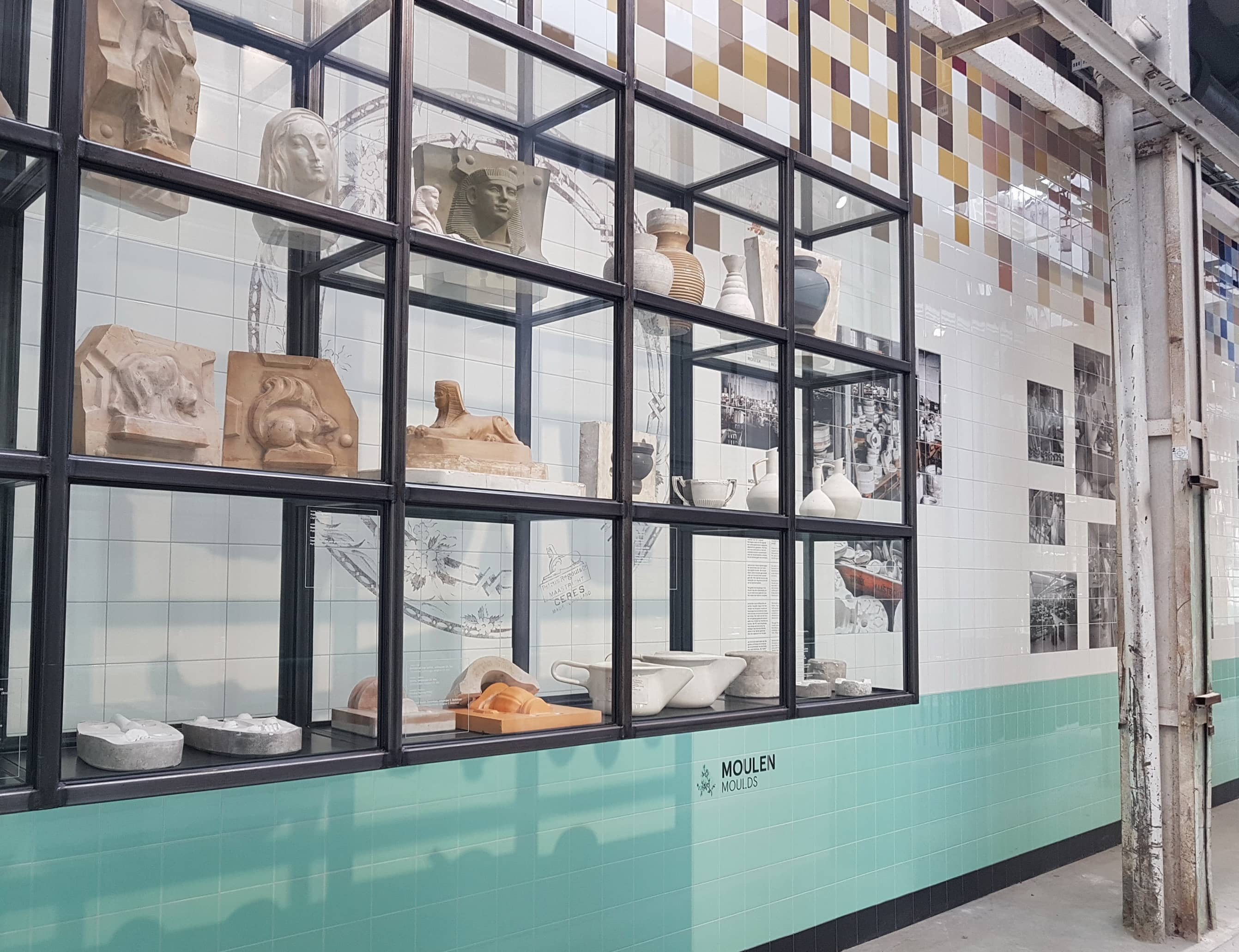
Highlights
Must-see attractions
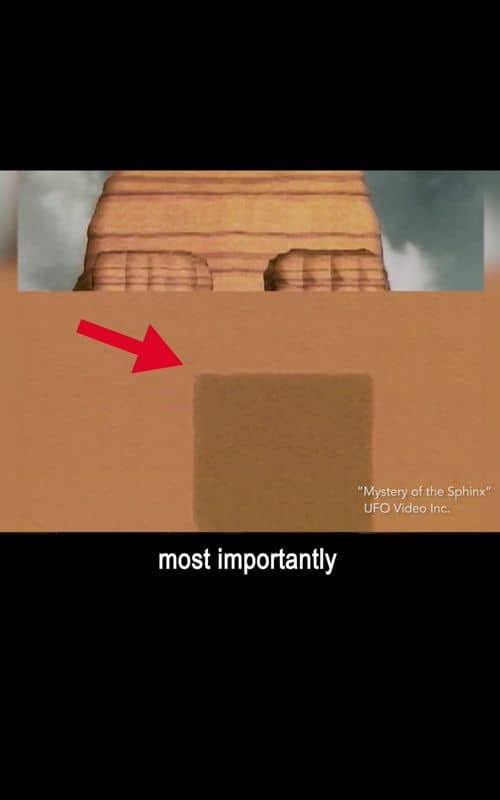
Social
From TikTok & Reddit
Best Time
Fewer crowds, more relaxed

Sphinx Passage
Best Time
Fewer crowds, more relaxed

Highlights
Must-see attractions
Walk through Maastricht's industrial past at the Sphinx Passage, a public corridor showcasing ceramic history and labor life.
"A nice and easy way to realize about the start of industrialisation in the Netherlands."
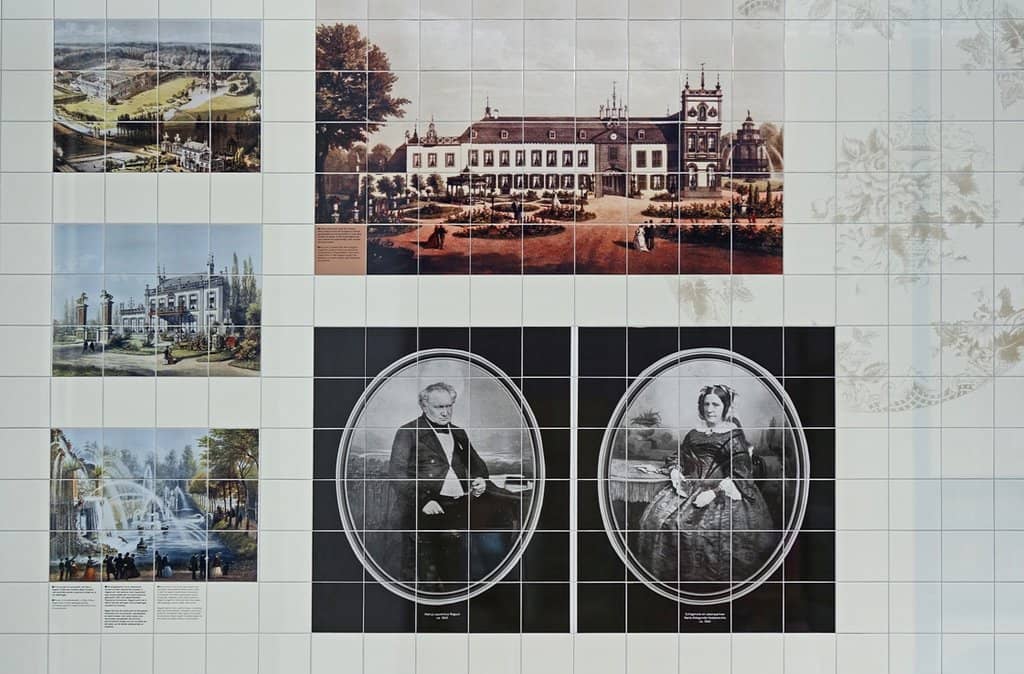
🎯 Look for it on the right!
Don't rely solely on GPS; the passage is on the right before the back of the buildings.
📜 Read the informative signs
Signs are in both Dutch and English, offering a deep dive into ceramic history.
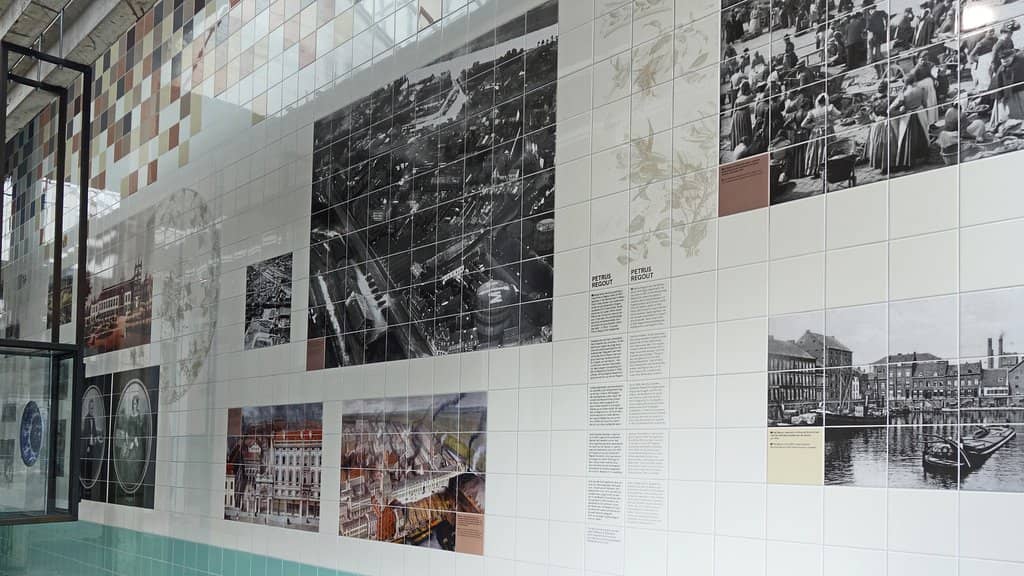
Highlights
Discover the most iconic attractions and experiences

Ceramic History Displays
Immerse yourself in the story of Maastricht's ceramic industry through historical photos and informative text.
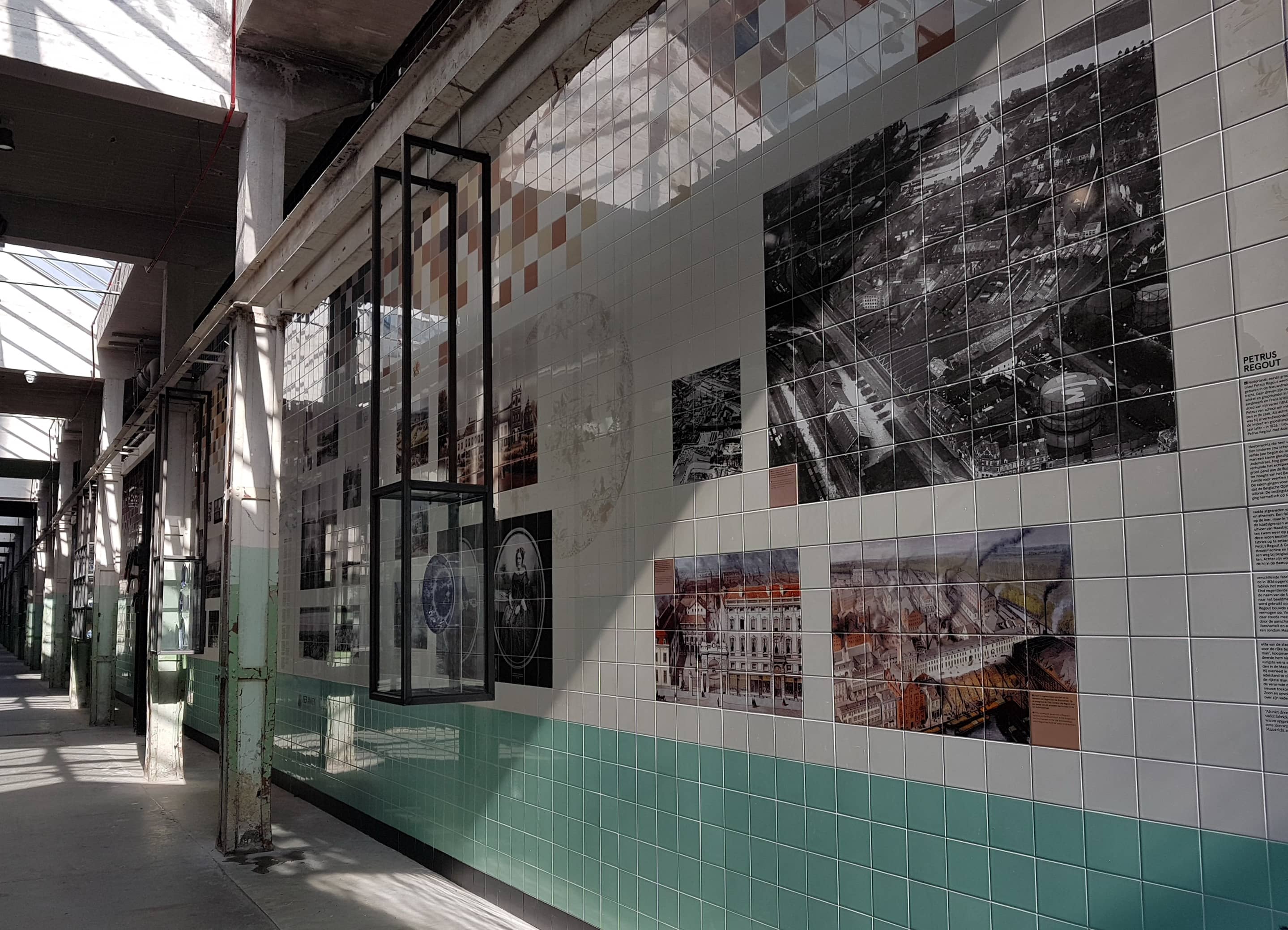
Labor Class Information
Gain insights into the lives of the labor class and the impact of industrialization on the region.
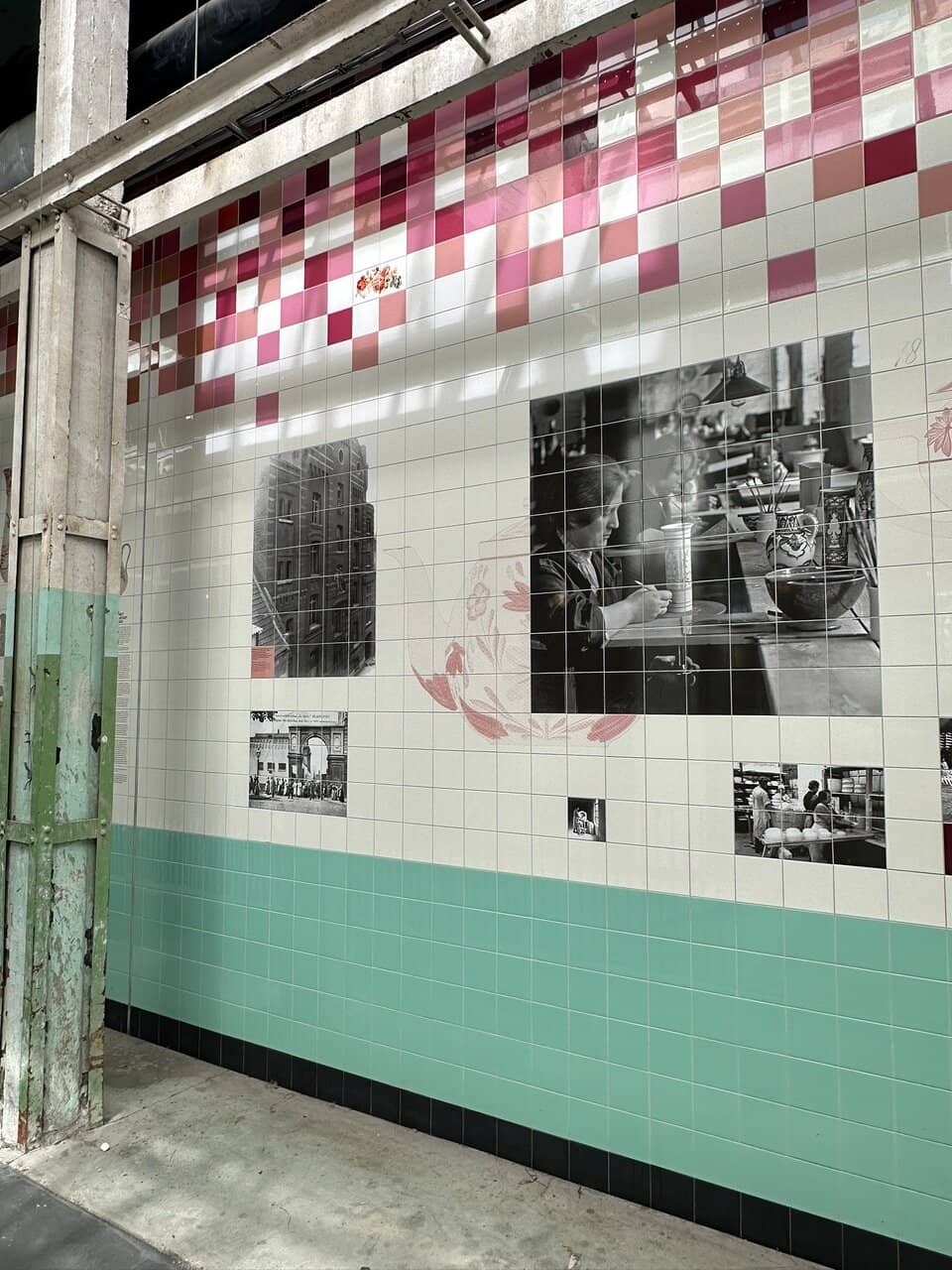
Unique Architectural Corridor
Stroll through a public passage adorned with historical pictures and unique tiles, offering a glimpse into the past.
Plans like a pro.
Thinks like you
Planning Your Visit
Uncover Maastricht's Industrial Past
Navigating the Passage
Best Times
Insider Tips
from TikTok, Instagram & Reddit
🎯 Look for it on the right!
Don't rely solely on GPS; the passage is on the right before the back of the buildings.
📜 Read the informative signs
Signs are in both Dutch and English, offering a deep dive into ceramic history.
☕ Nearby cafes and restaurants
Enjoy a bite or a drink at the eateries located along the passage.
🚶♀️ A unique historical stroll
Experience the start of industrialization in the Netherlands through this public corridor.
Tips
from all over the internet
🎯 Look for it on the right!
Don't rely solely on GPS; the passage is on the right before the back of the buildings.
📜 Read the informative signs
Signs are in both Dutch and English, offering a deep dive into ceramic history.
☕ Nearby cafes and restaurants
Enjoy a bite or a drink at the eateries located along the passage.
🚶♀️ A unique historical stroll
Experience the start of industrialization in the Netherlands through this public corridor.
What Travellers Say
Reviews Summary
Visitors find the Sphinx Passage to be an informative and unique public corridor detailing Maastricht's ceramic manufacturing history. It's appreciated for its historical displays, bilingual signage, and the insight it provides into the region's industrial past and labor class. While some note it's not directly on the main path, its historical significance and free access make it a worthwhile stop.
"The passage is filled and decorated with historical pieces, photographs, and a lot of information (on the walls)! Sphinxpassage can even inform you about the history of Maastricht and labor class!"
Işıl
"When in Maastricht it is a nice and easy way to realise about the start of industrialisation in the Netherlands. You just stroll through a long public corridor. Signs are in both in Dutch as well as in English."
Ferdi van de Kamp
"This public passage displays a rich history of ceramique manufacture which last operated in 2006"
Dian Luthfiana Sufyan
What People Like
What People Dislike
Frequently Asked Questions
🚇 🗺️ Getting There
The Sphinx Passage is located in Maastricht, Netherlands. While Google Maps might sometimes lead you around, pay attention and look for the passage on your right before you reach the back of the buildings.
Maastricht has a good public transport network. From the central station, you can walk or take a local bus towards the Sphinxkwartier area where the passage is located.
There are several parking garages in Maastricht, such as Q-Park Maastricht or De Markt. From there, it's a short walk to the Sphinx Passage.
🎫 🎫 Tickets & Entry
No, the Sphinx Passage is a public corridor and is free to enter. You can stroll through it at any time.
As a public passage, it is generally accessible at all times. However, any adjacent businesses or cafes will have their own operating hours.
Yes, it's a great spot for a quick visit to learn about local history. You can easily walk through it in 15-30 minutes.
🎫 🧭 Onsite Experience
The passage is filled with historical information, photographs, and displays detailing the history of ceramic manufacturing in Maastricht and the lives of the labor class.
Yes, the signs and information displayed in the Sphinx Passage are in both Dutch and English, making it accessible to international visitors.
It represents the start of industrialization in the Netherlands, showcasing the rich history of the Sphinx porcelain factory which operated until 2006.
Yes, photography is generally allowed in the public passage. It's a great spot for capturing historical ambiance.
🍽️ 🍽️ Food & Dining
Yes, there are several nice restaurants and cafes located along the Sphinx Passage, offering a variety of dining options.
You can find a range of options, from casual cafes to more established restaurants, often featuring local Dutch cuisine or international dishes.
📸 📸 Photography
Capture the historical tiles on the walls, the informative displays, and the unique architectural corridor. The ambient lighting can also create interesting shots.
Absolutely! The passage is a treasure trove of historical images and artifacts, making it an excellent location for anyone interested in industrial history photography.
For Different Travelers
Tailored advice for your travel style
👨👩👧 Families with Kids
Consider framing it as a 'time travel' experience, where you're walking through a corridor that tells the story of a big factory. The nearby cafes also provide a good spot for a snack break, making the visit more comfortable for younger travelers. It’s a low-key, free activity that adds a layer of historical context to your Maastricht exploration.
🏛️ History Buffs & Culture Seekers
This passage serves as a compact yet powerful museum, highlighting the start of industrialization in the Netherlands. It’s an excellent place to gain a nuanced understanding of how industries shape communities and to appreciate the preservation efforts that keep such histories alive. Combine this with visits to other historical sites in Maastricht for a comprehensive cultural immersion.
🚶♀️ Budget Travelers
It's an easy addition to your itinerary, requiring minimal time and no entry fee. Plus, the proximity to cafes and restaurants means you can choose to spend money on a budget-friendly snack or coffee if you wish, or simply enjoy the historical walk.
Deep Dives
In-depth insights and expert knowledge
The Industrial Heart of Maastricht
Visitors can learn about the process of ceramic manufacturing, the social impact of industrialization, and the evolution of the Sphinx brand. The displays are thoughtfully curated, providing context for anyone interested in understanding how industry shaped the city. It’s a fascinating glimpse into a crucial period of Dutch history, presented in an accessible and engaging public space.
While exploring, take note of the architectural elements of the passage itself. It serves as a reminder of the functional yet often grand industrial buildings that once defined the landscape. The passage is a testament to preserving this history for future generations, allowing visitors to walk through the echoes of a bygone era.
Navigating and Experiencing the Passage
Once inside, the experience is one of quiet discovery. The signs are bilingual (Dutch and English), ensuring that all visitors can appreciate the historical narratives. You can spend a good 15-30 minutes here, absorbing the details of the ceramic industry and the lives of the workers. It’s a free and accessible attraction, making it a perfect addition to any itinerary, especially for those interested in social history or industrial heritage.
Beyond the historical displays, the passage also offers access to nearby restaurants and cafes. This makes it a convenient spot to combine a dose of history with a relaxing break, perhaps enjoying a coffee or a meal while reflecting on the industrial legacy you've just explored.


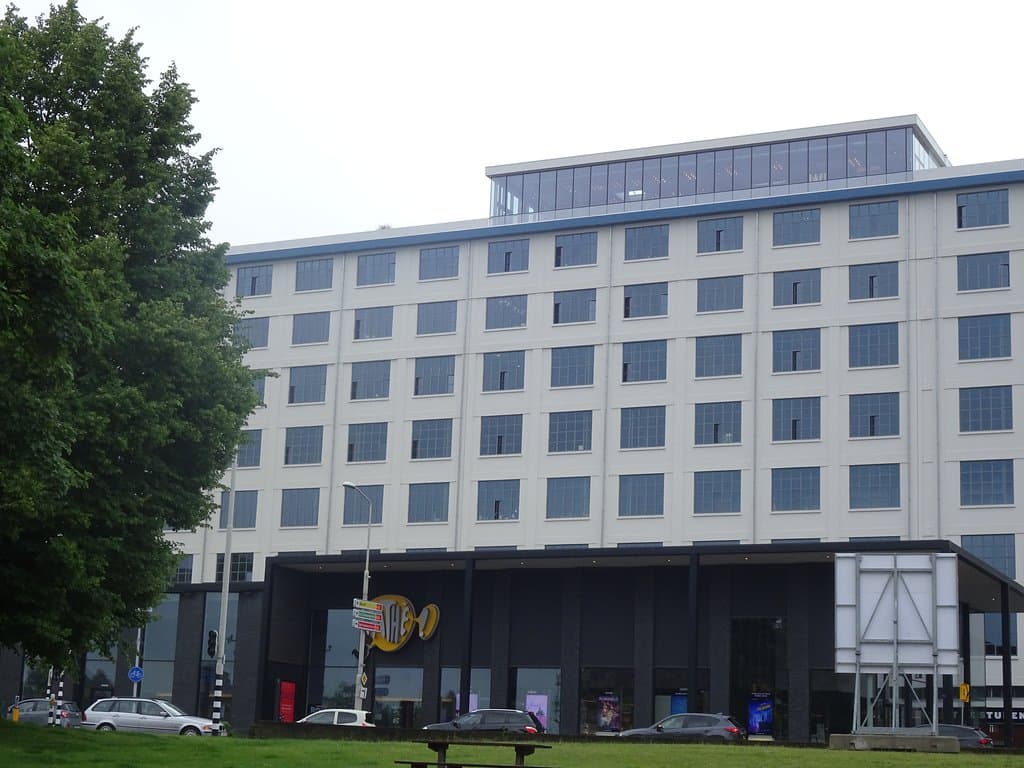
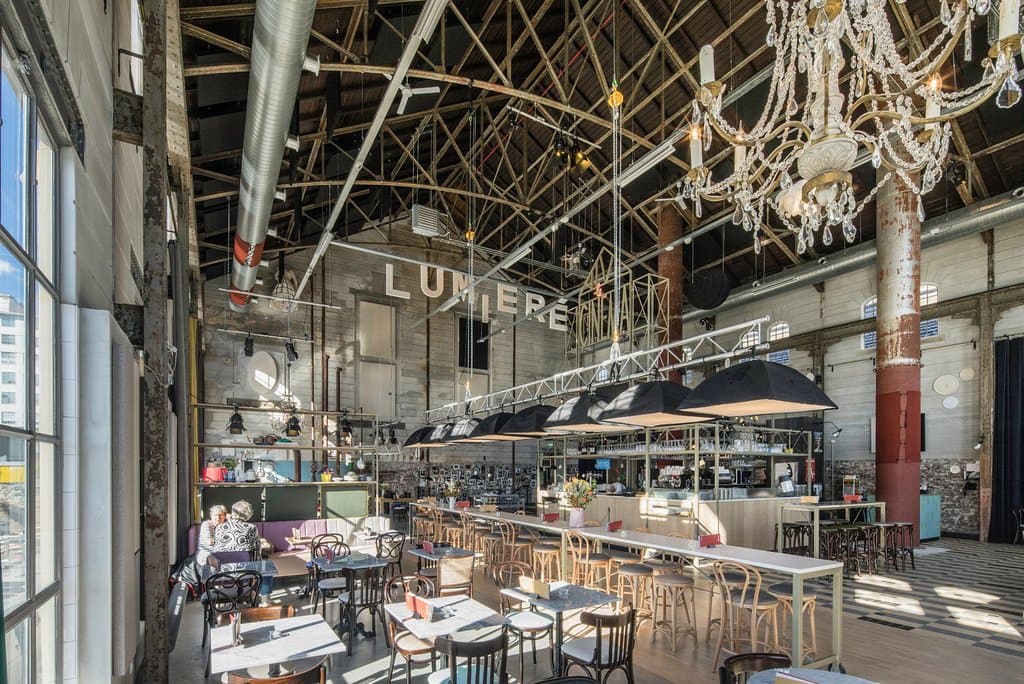
Social
from TikTok, Instagram & Reddit